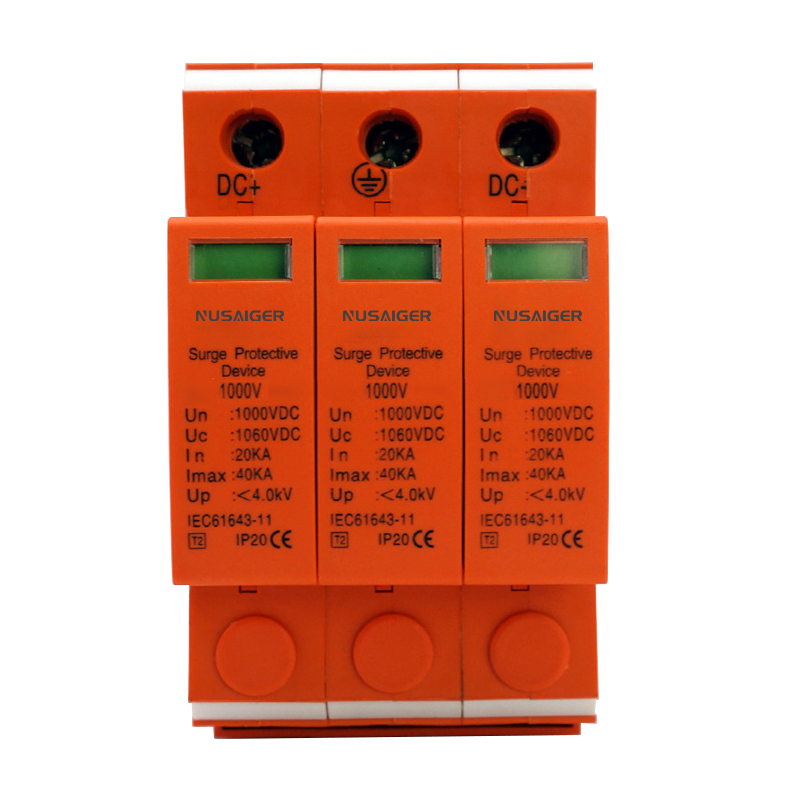Surge Protective Devices in Renewable Energy Systems: Ensuring Solar and Wind Reliability
As renewable energy sources like solar and wind become more widespread, protecting these systems from unpredictable electrical surges is critical. Surge Protective Devices (SPDs) offer a first line of defense against damaging transients in solar PV and wind power setups.
1. Surge Threats in Renewable Energy Systems
- Lightning strikes on solar panels and turbines
- Switching surges from grid connections
- Induced surges from nearby industrial loads
2. SPD Placement in Solar PV Systems
- DC side – between PV array and inverter
- AC side – between inverter and grid/meter
- Communication lines – for remote monitoring systems
3. SPD Requirements for Wind Power Systems
- Protection for turbine electronics (pitch systems, nacelle controls)
- SPDs in base stations and substations
- Use of Class I or II SPDs depending on lightning exposure
4. Selection Criteria for Renewable SPDs
- DC voltage rating (up to 1500V DC for PV)
- Thermal disconnection mechanisms
- Pluggable modules for easy maintenance
5. Applicable Standards
- IEC 61643-31 (for DC SPDs)
- UL 1449 4th Edition
- IEC 60364-7-712 (solar installation safety)
6. Best Practices
- Use coordinated protection at each stage
- Match SPD type with inverter specs
- Include surge protection for monitoring/control lines
7. Common Mistakes to Avoid
- Using AC SPDs on DC circuits
- Improper earthing/grounding
- Neglecting protection for data lines
Conclusion
Reliable surge protection is essential in any solar or wind system. Incorporating high-quality SPDs not only protects your investment but ensures long-term system uptime and safety.



